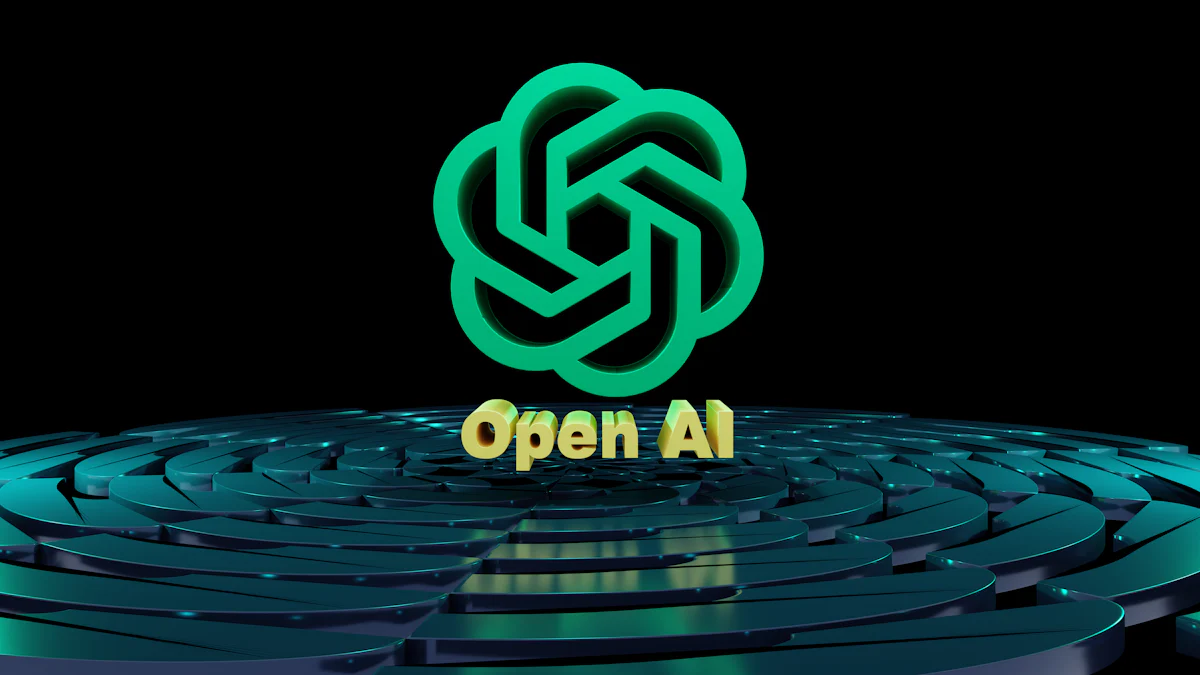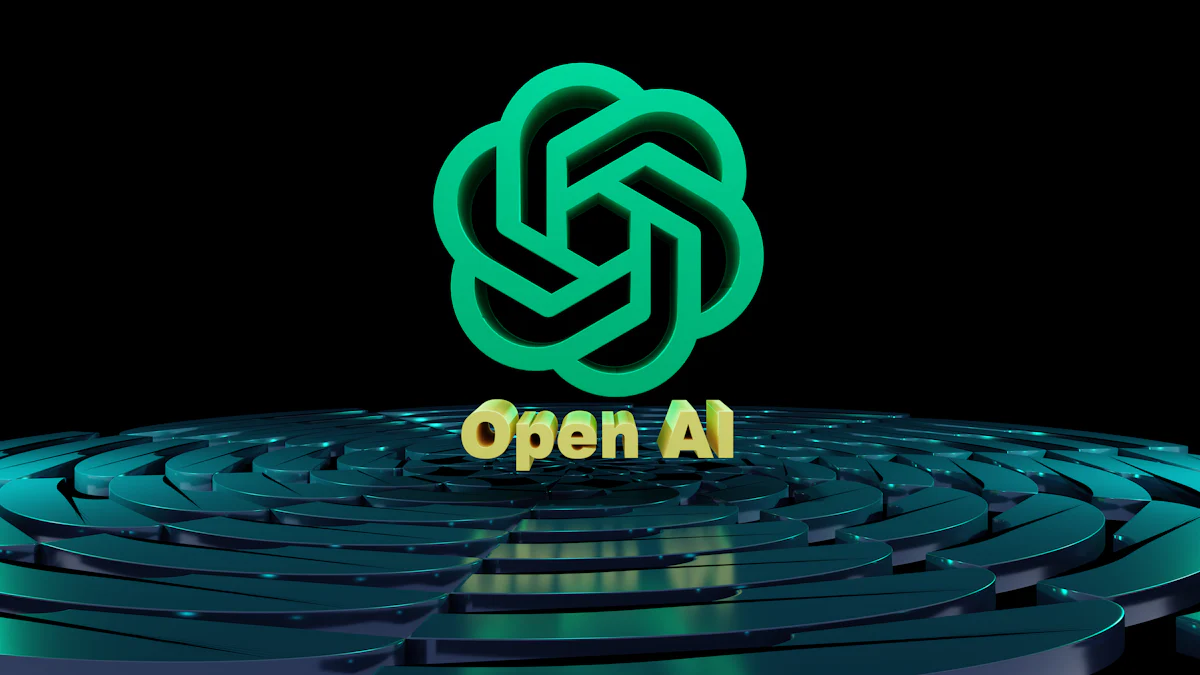Understanding LLM Agents and How They Work

LLM agents represent a breakthrough in artificial intelligence. These agents use large language models to understand and generate human language. LLM agents perform tasks like natural language processing and creative content generation. You can see their impact in customer service, where they provide immediate assistance and improve satisfaction. LLM agents automate tasks that humans previously handled, especially those involving digital interfaces. Understanding what is LLM agent helps you appreciate their role in transforming industries and enhancing user experiences.
What is LLM Agent

Definition and Overview
Understanding the Basics
LLM agents represent a significant advancement in artificial intelligence. These agents use large language models to understand and generate human language. The core function involves processing vast amounts of text data to simulate human-like interactions. LLM agents excel in tasks requiring language comprehension and generation. The ability to handle complex language tasks makes these agents valuable in various applications.
Importance in AI
The role of LLM agents in AI cannot be overstated. These agents enhance efficiency in areas like customer service and content creation. Businesses benefit from the automation of repetitive tasks, leading to increased productivity. The adaptability of LLM agents allows them to learn from past actions, improving over time. This learning capability results in better decision-making and problem-solving skills.
Core Components
Large Language Models
Large language models form the backbone of LLM agents. These models rely on deep learning techniques to process and understand language. Training involves exposure to extensive datasets, enabling the model to recognize patterns and nuances in text. The sophistication of large language models allows for accurate language generation and understanding.
Training on Massive Datasets
Training LLM agents requires massive datasets. These datasets provide the necessary information for the model to learn language patterns. The training process involves analyzing diverse text sources to build a comprehensive language understanding. This extensive training equips LLM agents with the ability to perform a wide range of language-based tasks effectively.
Functionalities of LLM Agents
Handling Complex Tasks
Natural Language Processing
LLM agents excel in natural language processing. These agents understand and generate human language with high accuracy. The core of an LLM agent involves analyzing text data to produce meaningful responses. Businesses use LLM agents to automate customer service interactions. This automation improves response times and customer satisfaction. The ability to process natural language makes LLM agents valuable in various industries.
Decision Making and Problem Solving
LLM agents demonstrate strong decision-making capabilities. These agents analyze problems by gathering and interpreting data. The process involves identifying key variables that influence outcomes. LLM agents formulate plans by developing strategies and allocating resources. This approach mirrors human problem-solving methodologies. The observe-reason-action-repeat model guides LLM agents in decision-making scenarios. This model enhances the efficiency and accuracy of LLM agents in complex environments.
Cognitive Capabilities
Learning and Adaptation
LLM agents possess learning capabilities. These agents learn from past actions to improve future performance. The development of LLM agents focuses on teaching them to remember successful actions. This memory allows agents to make better decisions faster. The continuous improvement of LLM agents results from their ability to adapt. This adaptability increases the effectiveness of LLM agents over time.
Contextual Understanding
LLM agents exhibit contextual understanding. These agents interpret information based on context. The ability to understand context enhances the accuracy of LLM agents. This capability allows LLM agents to perform tasks autonomously. The integration of contextual understanding into LLM agents expands their functionalities. The expansion includes interactions with external systems and environments. The sophisticated design of LLM agents enables them to tackle a wide range of tasks.
Operational Mechanics of LLM Agents
Analyzing Problems
Data Gathering and Interpretation
LLM agents excel in data gathering. The agents collect vast amounts of information from various sources. This information helps in understanding complex problems. LLM agents interpret the gathered data accurately. The interpretation process involves analyzing patterns and trends. This analysis aids in making informed decisions. LLM agents use large language models to enhance data interpretation. The models provide a deeper understanding of the language used in the data.
Identifying Key Variables
Identifying key variables is crucial for LLM agents. The agents focus on factors that influence outcomes. This focus ensures efficient problem-solving. LLM agents use large language models to pinpoint these variables. The models help in recognizing significant patterns. These patterns guide the decision-making process. LLM agents rely on this identification to formulate effective strategies.
Formulating Plans
Strategy Development
Strategy development is a core function of LLM agents. The agents create plans based on analyzed data. These plans address specific problems. LLM agents use large language models to enhance strategy formulation. The models assist in understanding complex scenarios. This understanding leads to better strategy development. LLM agents ensure that strategies are adaptable. Adaptability allows for adjustments based on new information.
Resource Allocation
Resource allocation is vital for LLM agents. The agents distribute resources efficiently. This distribution supports the execution of plans. LLM agents use large language models to optimize resource allocation. The models help in identifying the best use of resources. This optimization enhances overall efficiency. LLM agents ensure that resources align with strategic goals.
Executing Tasks Autonomously
Monitoring and Feedback
Monitoring is essential for LLM agents. The agents track progress during task execution. This tracking ensures that tasks remain on course. LLM agents use large language models for effective monitoring. The models provide insights into task performance. Feedback is crucial for continuous improvement. LLM agents use feedback to refine their processes. This refinement leads to better task execution.
Continuous Improvement
Continuous improvement defines LLM agents. The agents learn from past actions. This learning enhances future performance. LLM agents use large language models to support improvement. The models help in identifying areas for enhancement. This identification leads to ongoing development. LLM agents strive for excellence in every task. The pursuit of improvement drives innovation.
Implications and Future Potential of LLM Agents

Defining Characteristics
Scalability and Flexibility
LLM agents offer scalability. Businesses can deploy these agents across various platforms. This deployment enhances operational efficiency. LLM agents adapt to different tasks. The flexibility allows for customization. Companies can tailor agents to specific needs. This adaptability increases the value of LLM agents.
Ethical Considerations
Ethical considerations play a crucial role in LLM agent development. Concerns arise about biased text generation. These biases can impact decision-making processes. Developers must address these ethical challenges. Ensuring fairness in LLM outputs is essential. The potential for discriminatory language exists. Continuous monitoring helps mitigate these risks.
"The legal and ethical implications of LLMs are still evolving, with concerns about biased or discriminatory text generation and the impact of LLMs on decision-making with significant consequences."
Potential Applications
Industry and Business
LLM agents revolutionize industry operations. Automation of routine tasks boosts productivity. Customer service benefits from immediate responses. Industries leverage LLM agents for data analysis. This analysis informs strategic decisions. The adaptability of LLM agents supports diverse applications.
Research and Development
Research and development benefit from LLM agents. These agents assist in data interpretation. Researchers use LLMs for social science experiments. The ability to simulate human interactions aids studies. LLM agents contribute to agent-based modeling. This modeling enhances understanding of complex systems.
"LLMs hold great promise for applications in social science research, such as in laboratory experiments and agent-based modeling, but the subtle behavioral differences between LLM agents and humans warrant further investigation."
The future potential of LLM agents appears promising. Continued advancements will expand their capabilities. Addressing ethical concerns remains a priority. The integration of LLM agents into various sectors will transform operations.
LLM agents redefine AI with unique features. These agents excel in language comprehension and task execution. The adaptability of LLM agents allows for diverse applications. Industries benefit from automation and efficiency. Research gains insights into human interactions. Future advancements promise more capabilities. Ethical considerations remain crucial. Developers must address biases in text generation. Continuous monitoring ensures fairness in outputs. LLM agents impact society by transforming operations. The potential for innovation grows with each development.
See Also
Common Errors in Law Firm Content Marketing Strategies
Decoding the Mystery: Understanding SEO Writing
Exploring the Tech and Design of Big Language Models
Achieving SEO Excellence with Perplexity AI: An In-Depth Guide
Cracking the Code: Mastering Competitor Analysis Methodology

